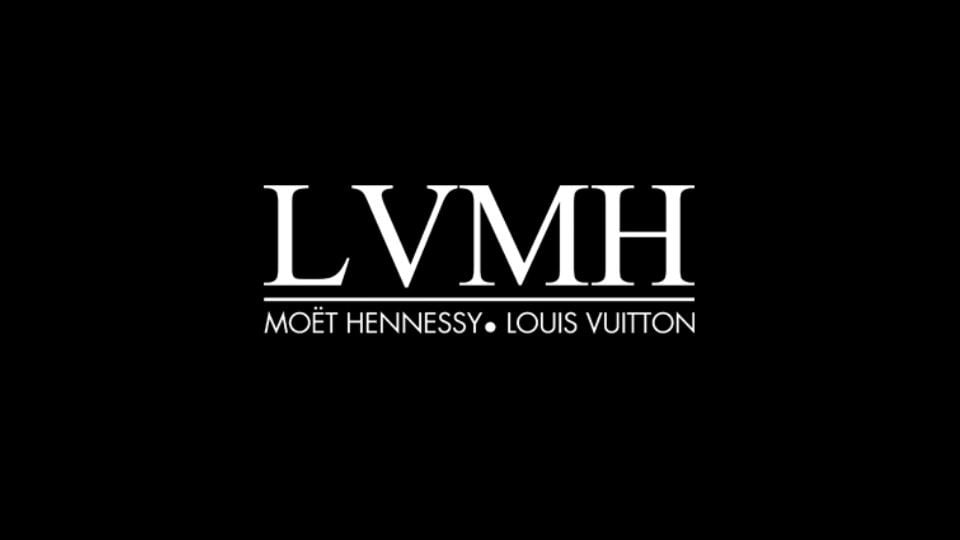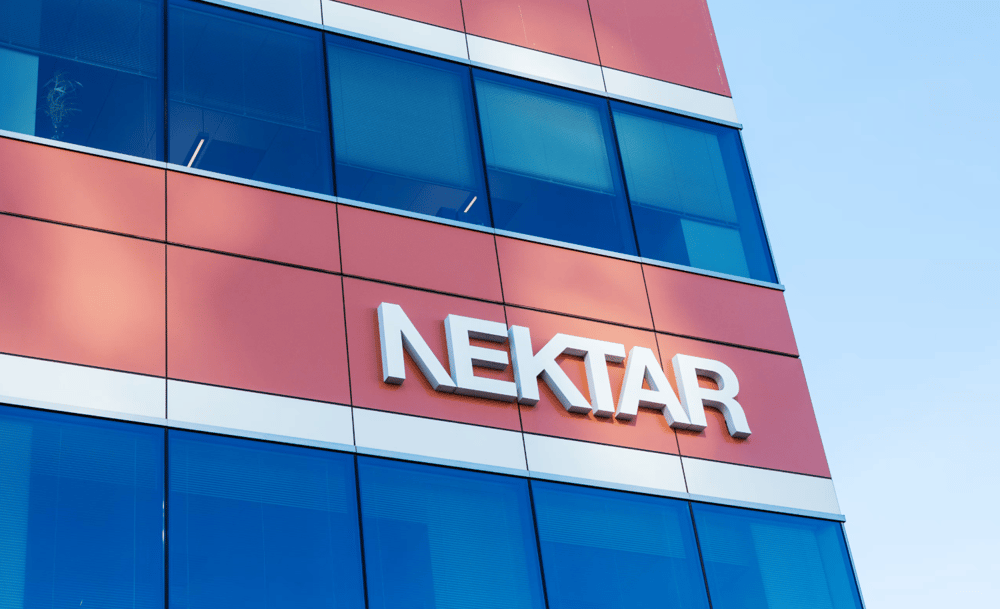LVMH Faces Persistent Headwinds as Chinese Luxury Demand Softens
LVMH Moët Hennessy Louis Vuitton SE $MC.PA, the world’s largest luxury conglomerate, has reported a sustained contraction in luxury spending among Chinese consumers. Stéphane Bianchi, Deputy CEO of LVMH, highlighted this trend during recent parliamentary testimony, underscoring that Chinese buyers have significantly reduced both travel and discretionary consumption over the past quarter. This signals that the widely anticipated rebound in Chinese demand for premium products remains subdued.
Financial Impact in the Asia-Pacific Region
The first quarter of 2025 brought a pronounced decline in LVMH’s regional revenue, with sales across Greater China and associated territories falling 11% year-on-year in real terms. This weakness aligns with broader results observed throughout the year, as macroeconomic uncertainties, local currency volatility against the USD, and evolving consumer priorities diminish the resilience of luxury retail in this core market.

Key Factors Contributing to Slower Chinese Luxury Spending
Diminished travel frequency among Chinese tourists, particularly to traditional luxury shopping destinations.
Softer demand for high-end goods amid macroeconomic uncertainty and consumer confidence erosion.
Intensified local competition and shifts toward domestic premium brands.
Currency headwinds influencing cross-border spending on premium products.
Shift in spending patterns, with greater scrutiny on large discretionary purchases.
Strategic Implications for Global Luxury Companies
For multinational luxury houses, China historically represented an unassailable engine of growth, especially in categories such as fashion, leather goods, watches, and jewelry. The current retrenchment has forced strategic recalibrations. While LVMH and its peers continue to invest in digital engagement, experiential retail, and selective pricing approaches, immediate returns face challenges amid evolving consumer sentiment.

Outlook for the Luxury Sector
Analysts are closely monitoring the shifting dynamics within China’s affluent consumer base, with many forecasting a prolonged period of cautious spending. Ongoing macroeconomic uncertainty and a lack of near-term catalysts weigh on expectations for a resumption of robust demand. Strategic agility and geographic diversification remain critical as luxury brands navigate these headwinds.
LVMH’s acknowledgment of persistent softness in Chinese luxury spending reflects a material pivot in global demand patterns. This environment compels luxury groups to innovate on both product and channel strategies, positioning for growth as and when consumer confidence returns in key Asia-Pacific markets.















Comments